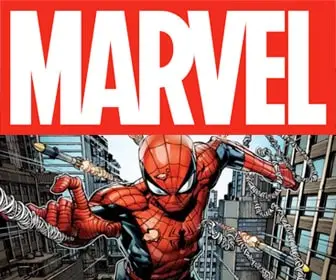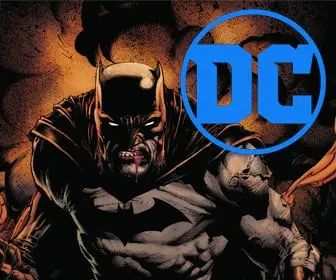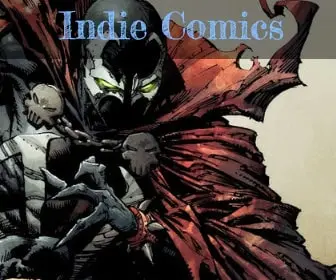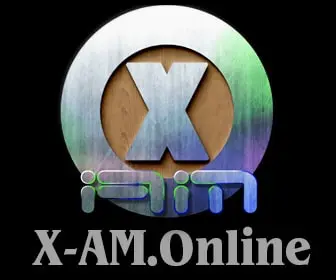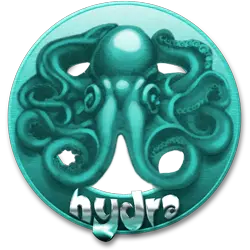
Tools of the Trade: A Comic Creator’s Essential Guide
From the vibrant pages of Marvel and DC to the intricate details of indie comics, the journey of creating a comic is a blend of passion, storytelling, and the right tools. The tools you use can profoundly impact the final product, influencing style, ease of production, and overall aesthetic. Whether you’re a budding comic artist or a seasoned creator, having the right tools at your disposal is crucial. This guide offers a comprehensive look at both traditional and digital tools to help you streamline your creative process.

1. Traditional Tools
Dive into the tactile world of traditional comic creation with these indispensable tools:
a. Pencils:
- Graphite Pencils: Ideal for initial sketches, they’re graded by hardness. While H pencils are hard and produce lighter lines, B pencils are softer, producing darker lines.
- Colored Pencils: Useful for adding details or coloring, opt for brands known for their pigment quality like Prismacolor or Faber-Castell.
b. Inks:
- Fountain Pens: Offering a fluid ink flow, they are perfect for dynamic lines.
- Brush Pens: For thicker lines and intricate detailing, brush pens like the Pentel Brush Pen are popular choices.
- Fine Liners: Micron pens, for instance, provide consistent lines and are excellent for precise work.
c. Papers:
- Bristol Board: A preferred choice due to its smooth finish, it holds ink well and prevents bleeding.
- Sketch Pads: Useful for initial drafts or practice, pick pads that can handle both pencil and ink without smudging.
d. Erasers: From kneaded erasers that lift graphite without damaging the paper to plastic erasers for precision, always have a range at hand.
e. Rulers and Templates: For those perfect straight lines and consistent shapes, rulers, and ellipse or curve templates are invaluable.
2. Digital Tools
The digital realm has revolutionized comic creation, offering endless possibilities and streamlining the production process.
a. Drawing Tablets:
- Wacom Tablets: From the more affordable Intuos series to the professional Cintiq range, Wacom has been a favorite among artists.
- Apple iPad Pro with Apple Pencil: Portable and powerful, the iPad Pro, when paired with apps like Procreate, becomes a formidable tool.
b. Software:
- Adobe Photoshop: A versatile tool not just for photo editing but also for sketching, inking, and coloring.
- Clip Studio Paint: Tailored for comic creators, it comes with features like frame borders, speech bubbles, and effects tailored for comic production.
- Corel Painter: Known for its realistic brush effects, it’s ideal for creators who want a traditional feel in the digital space.
c. Digital Brushes: Both Photoshop and Clip Studio Paint support custom brushes, allowing creators to achieve unique textures and line dynamics. Platforms like Gumroad often have artists selling their custom brush packs.
Final Thoughts
The journey of creating a comic book is deeply personal, and the tools you choose can become extensions of your creative vision. While some creators swear by the authenticity of traditional tools, others revel in the endless possibilities of the digital domain. Ultimately, the best tools are the ones that resonate with your workflow and artistic sensibilities. So, whether you’re sketching on a sunlit desk with graphite or illustrating on a tablet, may your tools always complement your tales!




